Key Takeaways:
- The Cumberland Plateau is part of the Appalachian Plateau of the Appalachian Mountains.
- The area features a diverse ecosystem of flora and fauna.
- The Cumberland Plateau is home to some plants that cannot be found in any other part of the world.
The Cumberland Plateau, at the edge of the Appalachian Mountains, is a vast expanse of rugged terrain, sprawling forests and pristine waterways that offer a unique blend of biodiversity that is not only captivating but is vital to the area's ecological balance. From elusive bobcats and vibrant warblers, the Cumberland Plateau is home to a diverse variety of flora and fauna.
Whether you're a seasoned naturalist or a curious adventurer, we will inspire a deeper appreciation for this natural treasure.
The Unique Ecosystem of the Cumberland Plateau
The Cumberland Plateau stretches from northern Alabama through Tennessee and into southeastern Kentucky. It is part of the larger Appalachian Plateau, which features deep gorges, sheer cliffs and expansive uplands. The Plateau's landscape is a result of millions of years of geological processes, including the uplift and erosion of sedimentary rock layers, which created a diverse array of habitats teeming with life.
The extensive forest cover is one of the Cumberland Plateau's most striking features. The forests feature hardwood species, including oak, hickory and maple, and have stands of pine interspersed throughout. Countless species of flora and fauna call this dense canopy home, creating a rich and complex ecosystem.
The towering trees provide the perfect place for shrubs, ferns and wildflowers, which add to the layers of biodiversity.
In addition to the forests, the Cumberland Plateau features many streams and rivers that form deep gorges and waterfalls. The waterways are lifelines for the area's wildlife and provide essential habitats for aquatic species. They also serve as vital corridors for terrestrial animals.
The waterways support many types of fish, amphibians and invertebrates, while the riparian zones along the banks are home to many plant species that thrive in the moist, nutrient-rich soil.
The Plateau features a limestone bedrock that has formed caves and sinkholes over the years, which create another unique habitat in this already diverse region. The caves and sinkholes offer habitats for cave salamanders, bats, and various invertebrates that have adapted to the dark, humid conditions.
The caves also act as natural reservoirs that store and release water, which sustains the surface ecosystems during dry periods.
Flora of the Cumberland Plateau
The Cumberland Plateau features tons of flora that contribute to its ecological complexity. The area's diverse plant life supports a wide array of wildlife.
- Dominant Tree Species: The prominent tree species found on the Cumberland Plateau include oak and hickory, including white oak, red oak, and various species of hickory. Other species include Eastern white pine and shortleaf pine.
- Understory Plants and Wildflowers: The understory of the forests on the Cumberland Plateau forms a lush and diverse world. Mountain laurels and rhododendrons add color and structure to the forest floor, which is also home to many types of wildflowers. Trilliums, bloodroot and Dutchman's breeches form a carpet on the forest floor in the spring. Ferns and grasses take over during the summer. These plants provide food and habitat for birds, insects and mammals.
- Unique and Rare Plant Species: Some of the unique and rare plant species, some of which are found nowhere else in the world, including the Cumberland rosemary shrub that loves rocky outcrops and limestone bluffs. White fringeless orchids are an endangered flower that prefers moist, shaded areas.
Not only is the diverse composition of the Cumberland Plateau a visual delight, but it is crucial to the overall health of the ecosystem. Responsible loggers, such as Miller Farms, minimize their impact by creating logging roads through areas instead of driving heavy equipment over all parts of the land.
Fauna of the Cumberland Plateau
The forests and flora that make up the Cumberland Plateau are also habitats for a rich diversity of wildlife. The forests, streams and caves provide habitats for an impressive array of fauna, including:
Key Wildlife Species
The forests of the Cumberland Plateau are home to several wildlife species, including:
- White-Tailed Deer: Browse on shrubs and grasses in the forest and clearings. They help maintain plant diversity with their grazing habits.
- Black Bears: These omnivores feed on berries, nuts and small mammals. They are important for seed dispersal, which helps maintain the health and diversity of the forest ecosystem.
- Bobcats: These skilled predators prefer dense forests and rocky outcrops. They control the population of small mammals and birds, which contributes to the balance of the ecosystem.
Bird Species
If you like birdwatching, the Cumberland Plateau is the place to find a wide variety of bird species, including:
- Warblers: The colorful and melodic warblers flit around during the spring and summer. These birds include the black-throated green warbler and the hooded warbler.
- Woodpeckers: Several woodpecker species call the Cumberland Plateau home, including the pileated woodpecker and the red-bellied woodpecker. They control insect populations and create cavities that other species can use for nesting.
- Raptors: Birds of prey, such as the red-tailed hawk and the barred owl, are common on the Cumberland Plateau. They help control the rodent and small mammal populations.
Amphibians and Reptiles
For those who like amphibians and reptiles, you can find plenty on the Cumberland Plateau, including:
- Salamanders: You'll find salamanders in the forests and near streams. Species include the Eastern red-backed salamander and the Cumberland Plateau salamander. Salamanders help recycle nutrients.
- Snakes: The Cumberland Plateau is home to many snakes, including the Eastern garter snake and the venomous timber rattlesnake. You'll also see non-venomous black snakes and hognose snakes and another venomous snake – the copperhead. Snakes help control pest populations.
- Turtles: Where you find fresh water, you'll find turtles, and the Cumberland Plateau is no exception. The area features several turtle species, including the Eastern box turtle and the common snapping turtle. These reptiles contribute to the ecological health of aquatic and terrestrial environments.
The Impact of Logging on Flora and Fauna
The long history of logging on the Cumberland Plateau has helped shape the landscape and local economy over the centuries. It dates back to the early 19th century. The area's vast forests of oak, hickory, and pine provided essential material for fuel, building, and, later, industrial purposes. When the railroad was built in the late 19th and early 20th century, logging activities accelerated as loggers could now transport timber to various markets across the country.
During the logging peak, extensive areas of the Cumberland Plateau were clear-cut, which led to significant environmental degradation, including soil erosion and loss of wildlife habitat. However, the economic benefits of logging were substantial, as the industry provided jobs and supported local communities.
Today, logging is more regulated, and practices are more sustainable. Modern forestry techniques emphasize selective logging, where only certain trees are harvested. This allows the forest to regenerate naturally and helps maintain the ecological balance so the forest can continue providing habitat for wildlife and other ecological services.
At Miller Farms, we recommend clear-cutting only home sites unless the landowner insists on clear-cutting a large parcel. In most cases, the local mills won't accept trees that are less than a certain diameter. In any case, you would have to hire a dozer to come in to clear the area completely.
Even with these improvements, logging still has some environmental impacts. Because the construction of logging roads can lead to soil erosion, we at Miller Farms are careful where we put a logging road. We try to create a log yard where you want the site clear-cut for your home or yard.
Select-cutting also allows more light to reach the smaller trees that are left – and some of them are not all that small – so they can grow to their full potential. It also leaves a habitat for the flora and fauna. In fact, after select-cutting, especially where the trees are crowded, you're more apt to see more birds, deer and other wildlife, as they can now get through the dense forest.
We select cut about 10 acres for a customer. When we started, we didn't hear birds and never saw wildlife. Not even a year later, the customer saw an influx of various species of birds, including woodpeckers, crows, Carolina wrens, cardinals, blue birds and more. The customer also regularly sees deer, rabbits and coyotes.
Tips for Observing Flora and Fauna
Exploring the flora and fauna of the Cumberland Plateau, even in areas that have been logged, can be very rewarding. Tips to help make the most of your visit include:
- In the spring, you'll see wildflowers in bloom and trees starting to leaf out. It's also a great time for birdwatching, as many birds are migrating or nesting.
- The summer brings warm weather and longer days, which is great for hiking and exploring. Early mornings and late afternoons are great times to observe wildlife, as the heat and humidity are lower.
- The fall brings colorful leaves and migrating birds. You may also see wildlife preparing for winter.
- When you want to avoid crowds, visit during the winter. Some animals are less active, but you can still see winter birds and track animals in the snow. You'll also get clearer views of the forest landscape since the trees won't have leaves.
Recommended Trails and Viewing Spots
- Savage Gulf State Natural Area: Rugged trails and stunning overlooks. Breathtaking views and many habitats for flora and fauna.
- South Cumberland State Park: Scenic beauty along the Fiery Gizzard Trail. Pass through rocky gorges, see waterfalls and lush forests, and view the wildlife.
- Big South Fork National River and Recreation Area: Multiple trails and viewing spots. The Twin Arches trail leads to unique rock formations. The Angel Falls Overlook offers panoramic views of the river and surrounding forests.
Safety Tips
Be sure to stay on designated trails and observe from a distance to reduce your impact on the environment. Be quiet and patient if you want to see wildlife. Always be sure to pack trash and take it out with you – and leave natural objects, such as rocks and plants, where you find them.
Some areas have seasonal restrictions to protect sensitive habitats and species. Always check for any regulations or advisories before visiting.
Finally, some of the larger animals, such as black bears and bobcats, can be dangerous. Keep food securely stored and make noise when you're hiking to avoid surprising animals. Know how to react if you run into the wildlife on the trails.
Embracing the Beauty and Responsibility of the Cumberland Plateau
The Cumberland Plateau is an ecological treasure as it offers a unique blend of diverse habitats that support a large variety of flora and fauna. The forests, streams and caves create a breathtaking ecosystem that is vital to the area's environmental health.
Share your experiences and sightings from your yard on the Cumberland Plateau and the parks you visit on our Facebook Group or our Facebook Page. To learn more about logging and our operation, visit Miller Farms.
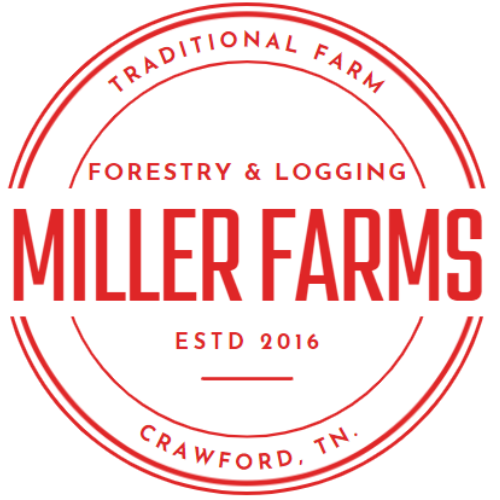





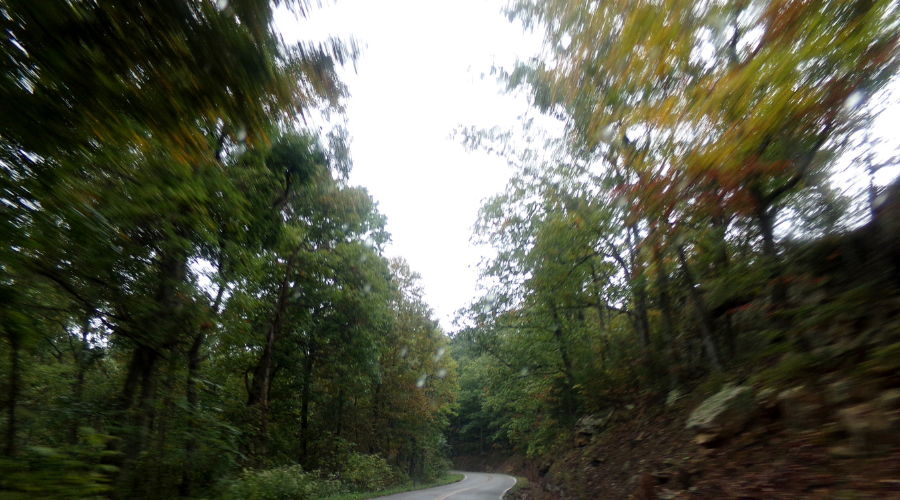
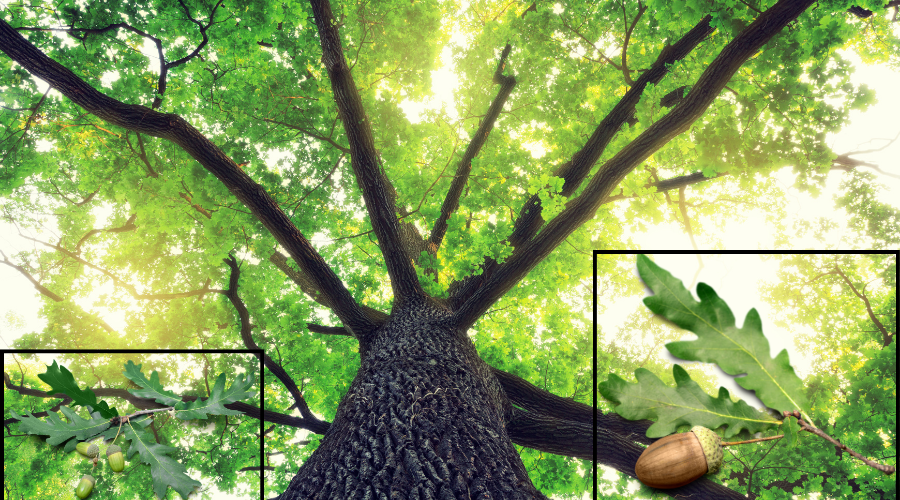
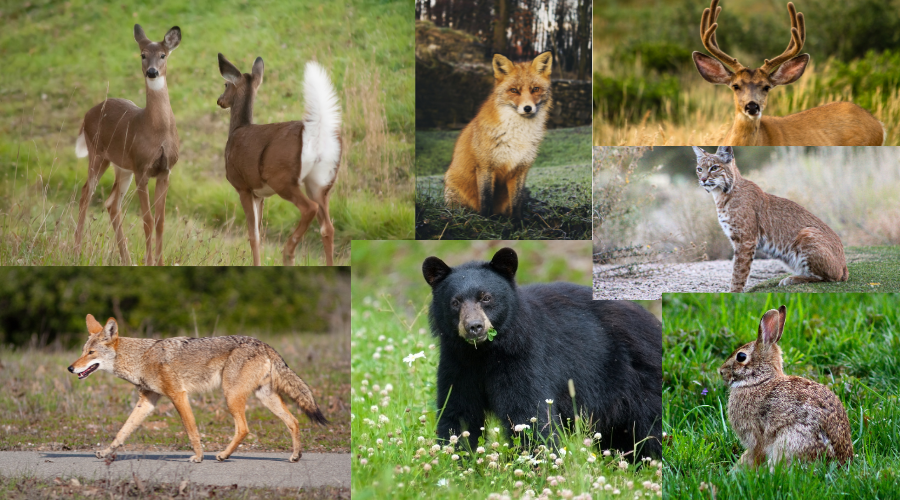
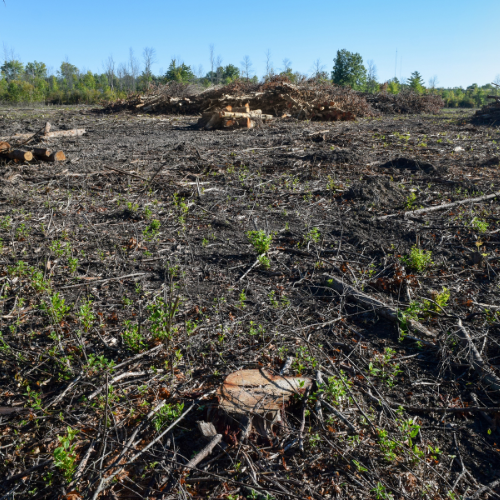
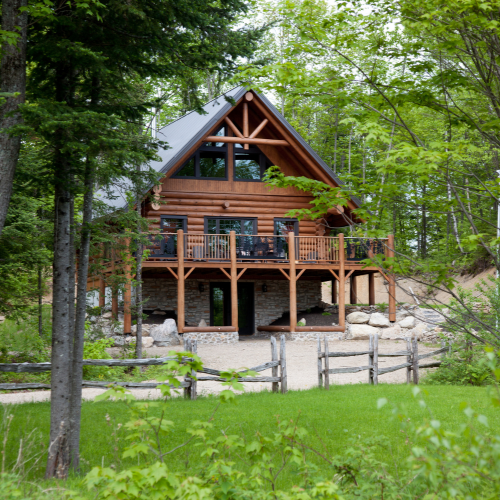

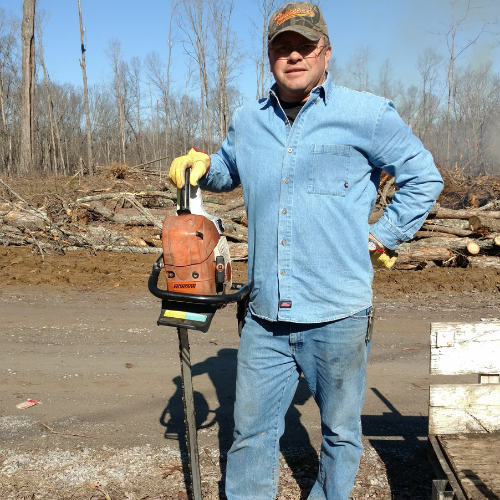
Comments